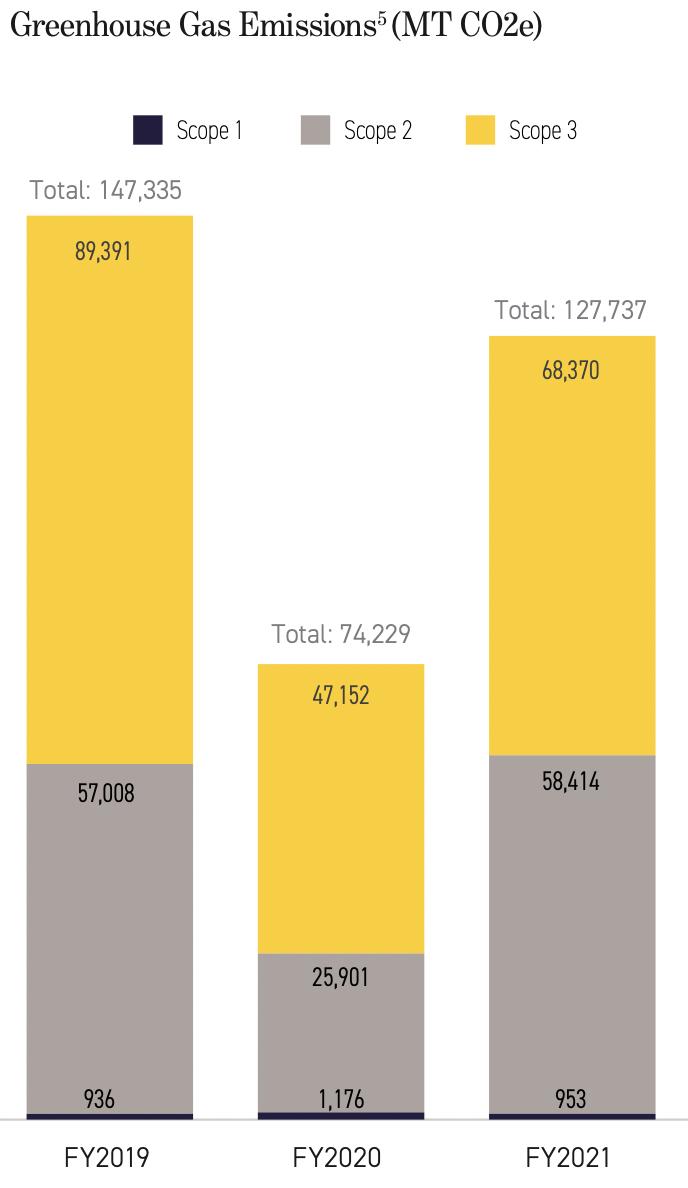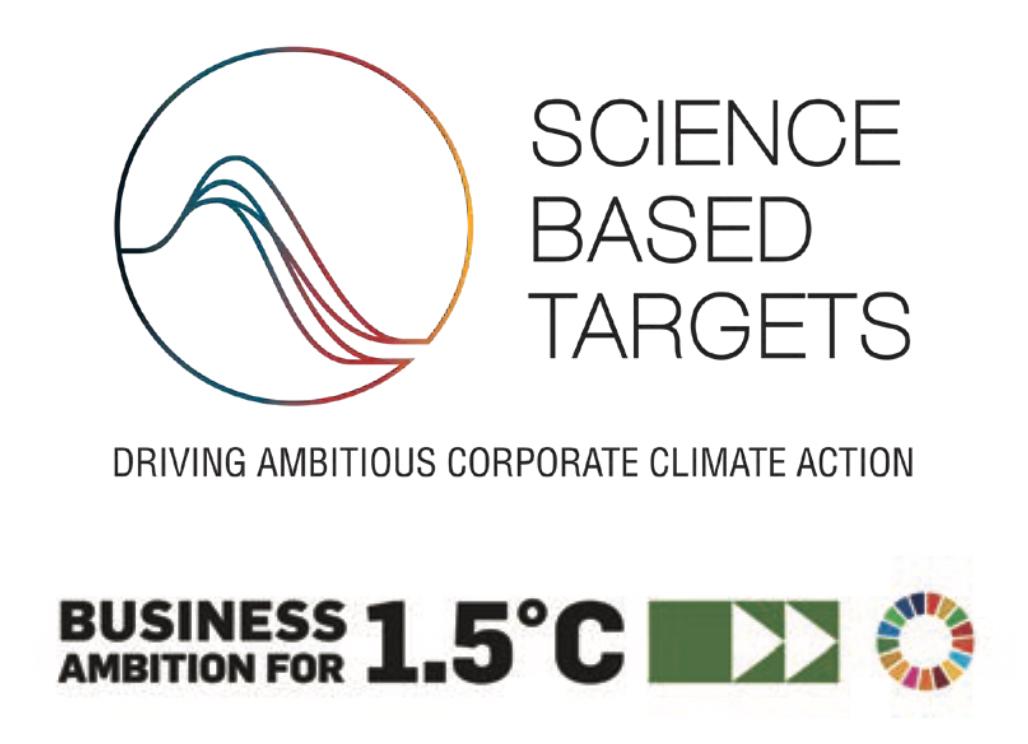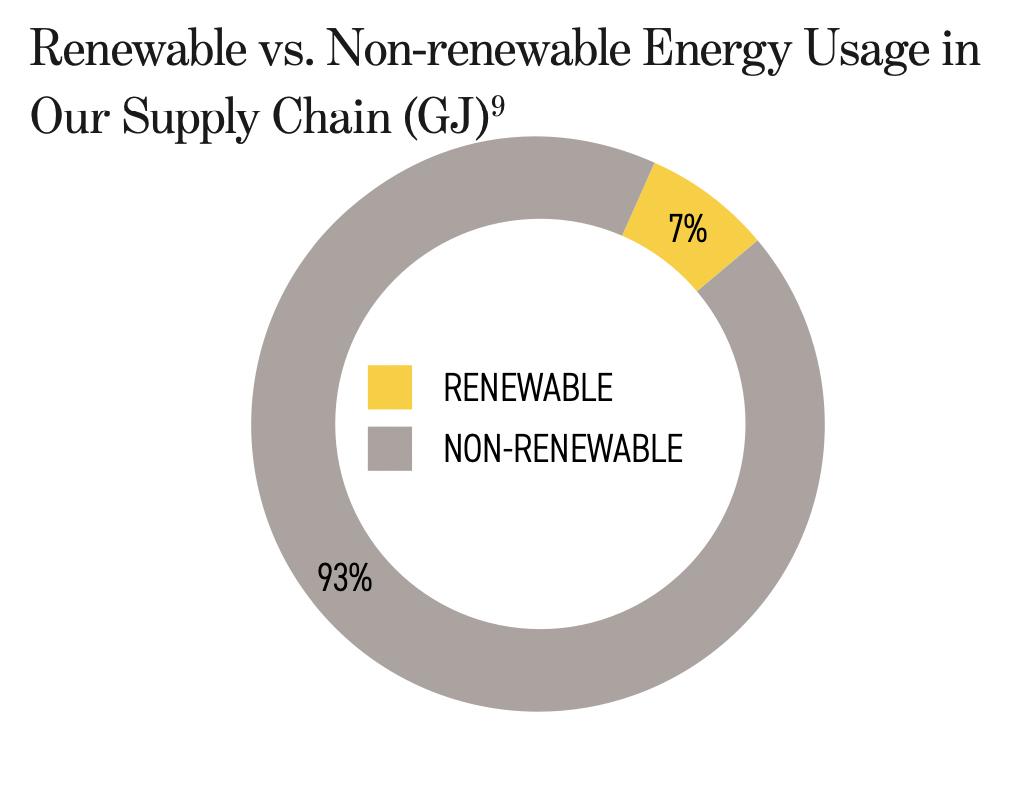Tapestry's Approach to Climate Change
Originally published in Tapestry's 2021 Corporate Responsibility Report
As one of the world’s greatest challenges and global disrupters, climate change impacts us all. It exacerbates natural disasters, threatens supply chains and disproportionately harms marginalized communities, contributing to socio- economic inequalities. Tapestry and our brands are responding to the urgent call for collective action and doing our part to mitigate climate-related risks to our business, our people and the communities where we live and work.
We are aligning our business strategies with the international consensus – outlined in the Paris Agreement – that we must limit global warming to below 1.5°C, compared to pre-industrial levels. In early FY2022, we signed onto the Science Based Targets initiative (SBTi) Business Ambition for 1.5°C.
Read more about our management of climate- related risks and opportunities in our Task Force on Climate-related Financial Disclosures.
GREENHOUSE GAS (GHG) EMISSIONS
We aim to reduce our GHG emissions as part of our efforts to address climate change. In 2019, Tapestry set goals to reduce our Scope 1 and 2 emissions 20% below 2017 levels and reduce Scope 3 emissions from freight shipping 20% below 2017 levels, both by 2025. As of FY2021, we have reduced Scope 1 and 2 emissions by 6% and Scope 3 emissions from upstream freight shipping by 28%. We are currently working on setting increased targets for Scope 3 emissions and are expanding our Scope 3 emissions inventory to likely include upstream and downstream transportation, business travel, emissions from purchased goods and services, and other relevant categories as outlined by the GHG protocol.
Tapestry’s emissions across Scope 2 and 3 increased from FY2020 to FY2021 as our business activities started to return to normal following the initial impacts of COVID-19. As we work towards achieving our GHG emissions reduction goals and a net-zero value chain, we know it will take the full participation of our business, our brands and our supply chain partners. In FY2022, we aim to host trainings for our suppliers on establishing GHG emissions reduction goals in line with SBTi for their operations.
ENERGY AND RENEWABLES
Tapestry is committed to procuring 100% renewable electricity in our stores, offices and fulfillment centers by 2025. We work with a third-party energy procurement team to source renewable energy in our retail stores in deregulated electricity markets using green-e certified renewable energy credits (RECs). In FY2021, our RECs covered 21% of our electricity consumption across our operations in North America, which is equivalent to 9% renewable electricity globally. Our total REC purchases from 2017 to 2021 were 20,522 MWH.
In addition to purchasing renewable energy, we are working to improve energy efficiency and reduce overall electricity usage wherever possible. Our global headquarters at Hudson Yards is LEED Platinum certified and our kate spade new york office and Jacksonville distribution center both earned LEED Silver certifications.
Renewable Energy in Our Supply Chain
We seek to promote renewable energy consumption across our supply chain. 78% of our suppliers who completed the Higg FEM energy module and had their data verified by a third-party agency achieved a Level 1 rating in the Energy and GHG module, and 22% achieved a Level 2 rating.8 The data provided through the Higg FEM, combined with data we received from tanneries audited by the LWG, allowed us to analyze our supply chain energy consumption data broken down by source and usage and provided us with a baseline to measure our supply chain improvements year-over-year.
In early FY2022, we began engaging with our suppliers one-on-one to help set energy reduction targets and increase adoption of renewable energy. As we work to set a science-based target, we plan to include additional Scope 3 categories in our GHG footprint and plan to report on that information in future reports.
Read more about Higg FEM and our work to help suppliers improve environmental performance in the Engaging Our Suppliers section of this report.





